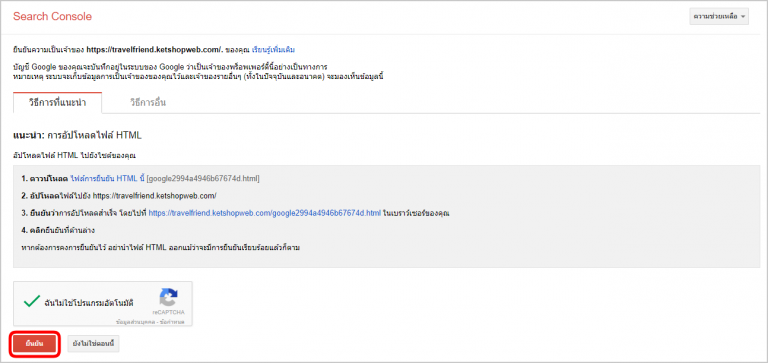
- #Google adword pixel tester install
- #Google adword pixel tester code
- #Google adword pixel tester download
Instead, you can be sure that each step is efficient and 100% results-driven. To get these great results though, you’ll need to study Google’s inventory and understand how each size impacts performance before you jump in and start spending money on ads.īy understanding the relationship between ad sizes and performance ahead of your next campaign, you won’t have to worry about your efforts going to waste. Not only can the right display ad size result in higher click-through rates, but it can also make a big difference to your organization’s lead conversion goals. Window.dataLayer = window.Having correct Google display ad sizes is essential to any online advertising campaign. You'll need to replace this part of the 'config' command with your accounts' conversion ID in the Google tag box. Note that "AW-123456789" is only an example of an ID. Optional: If you previously added the Google tag from another Google product such as Google Analytics, make sure you add the 'config' command from the global site tag (highlighted below) to every existing instance of the tag.

In the following “What’s Next” confirmation screen, click Done again.If you are using the old event snippet, you may be prompted to change to the new event snippet, which is recommended. If you have the Google tag implemented from products other than those listed above, it needs to be customized to enable measurement with Google Ads.
#Google adword pixel tester code
#Google adword pixel tester download
You can copy the code, use Google Tag Manager, download the tag, or email the tag to a web developer. When the installation screen appears, your Google tag and event snippet will be ready for use.This button will say Save and Continue for an existing tag.If you select specific attributes or parameters, you can choose the business type that best represents your products and services.Including the user ID parameter allows you to pass a user ID to the tag for each website visitor, which enables features like cross-device linking. You can also choose to include the user ID parameter with the tag.Select which type of data the tag will collect: segments that include your website visitors and app users, or dynamic remarketing data, which includes specific attributes or parameters.If you’re just getting the code, skip to step 6. If you’ve already set up a tag, select Edit source from the 3-dot icon in the upper right of the “Google Ads tag” card.In the “Google Ads tag” card, click Set up tag.This opens a group of sources from which you can create your data segments and audience segments. Click on the tools icon in the upper right and click Audience Manager under the section labeled “Shared library”.Create or edit your Google tag and event snippet Learn more about event parameters for different business typesĮnsure you're providing users with clear and comprehensive information about data collection, and obtaining consent where legally required. These events include when a customer makes a purchase on a retail site, or searching for airline tickets on a travel site.


#Google adword pixel tester install
Install this snippet on site pages you'd like to measure, where the event occurs. You can also use the event snippet to measure additional actions that should be counted as dynamic remarketing events. The data passed to the event snippet can be used to create dynamic remarketing lists as well.

The event snippet can be used to pass specific data to Google Ads about your website visitors and the actions that they take on your site, such as viewing a product, completing purchases, filling out online forms, and setting up registration. You must install the Google tag on every page of your website, but you need only one Google tag for each Google Ads account. This information includes the page URL and title, and is used to create your data segments comprised of your website visitors and app users. When you’ve installed the Google tag, it will capture information about the pages viewed by your website visitors. To set up tracking for the first time in Google Ads, you'll need to add a code snippet to your website: the Google tag and the optional event snippet. Use the Google tag to create audience segments comprised of your website visitors and app users


 0 kommentar(er)
0 kommentar(er)
